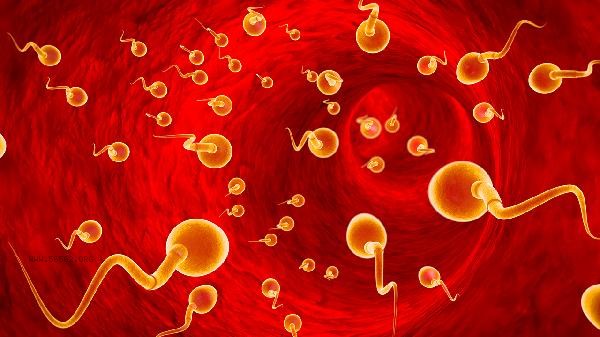The sperm test report mainly judges male fertility and reproductive health based on several key indicators such as semen liquefaction time, sperm density, vitality, and morphology. By analyzing these data, it is possible to determine whether there are any abnormal conditions, such as insufficient sperm count, low vitality, abnormal morphology, etc., in order to provide a basis for treatment.

1 Semen liquefaction time: Normally, semen liquefies within 15-60 minutes after ejaculation. If liquefaction persists for more than 1 hour, it may be related to abnormal prostate or seminal vesicle function. It is recommended to seek medical examination for prostate health, and if necessary, take medication to improve prostate function, such as alpha blockers, anti-inflammatory drugs, etc.
2 Sperm density: Normal sperm density should not be less than 15 million/mL. If the density is below this standard, it may be affected by physiological factors such as testicular dysfunction, endocrine disorders, or ejaculatory duct obstruction. Improvement can be achieved through hormone therapy such as HCG injection, testicular microsurgery, or nutritional interventions such as zinc supplementation.

3 Sperm motility: This includes the proportion of forward moving Class A and non forward moving Class B sperm. If the proportion of A+B classes is less than 40%, it may indicate insufficient sperm motility, which is related to sperm oxidative damage, lifestyle, dietary habits, etc. It is recommended to supplement antioxidants such as vitamin E and coenzyme Q10 in moderation, avoid smoking and drinking alcohol, and increase regular exercise.
4 Sperm morphology: Normal sperm morphology should be ≥ 4%. Morphological abnormalities may be caused by genetic factors, high temperatures such as prolonged hot baths, or abnormal sperm development. Improvement methods include maintaining a regular lifestyle, avoiding high temperature environments, and if necessary, conducting chromosome testing and assisted reproductive technologies such as artificial insemination AI and in vitro fertilization (IVF).
5 White blood cell count and semen pH value: Excessive white blood cell count in semen may indicate reproductive tract infection. The normal pH value is 7.2-8.0. If it is too high or too low, be alert to infection or abnormal glandular secretion function. Infections can be treated with antibiotics or the internal microenvironment of the reproductive system can be improved.

Abnormal sperm test results require further confirmation of the cause based on the doctor's opinion and the development of a treatment plan. If you find any abnormalities in certain indicators on the laboratory test report, it is recommended to consult a reproductive medicine doctor as soon as possible for detailed examination or targeted treatment to improve fertility and overall reproductive health.




Comments (0)
Leave a Comment
No comments yet
Be the first to share your thoughts!